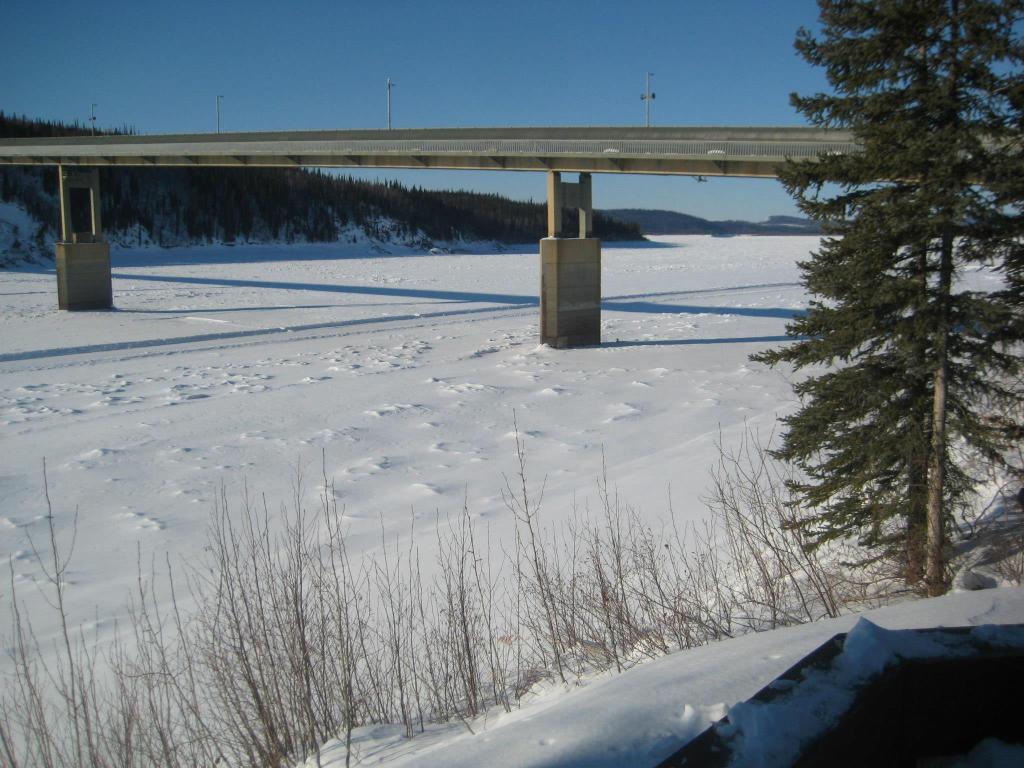WHAT IT’S LIKE LIVING AT THE ARCTIC CIRCLE

The Arctic Circle, incorporating the North Pole, Arctic Ocean, and the northernmost fringes of eight nations, is often regarded as the last frontier of the planet, with a small population, harsh weather, and a rough climate. Many types of people live in the Arctic, from indigenous peoples who have resided there for generations to more recent arrivals working in the oil, fishing, and other industries. Given the remoteness of the Arctic, many no doubt wonder what life is like for those who reside there.
Living in the Arctic is as tough as it seems, lacking many of the creature comforts that people from other regions of the world take for granted. Here is a brief overview on what life in the Arctic is like.
What it’s like living at the Arctic Circle
The popular conception that the Arctic is sparsely populated is mostly true, but not entirely. While the total population of the Arctic Circle is only four million people, there are a number of cities that thrive in the region, such as Murmansk, Russia (population 295,374), Tromsø, Norway (population 75,638), and Utqiaġvik (formerly known as Barrow), Alaska (population 4,581). These cities tend to be located on coastlines and/or near significant resource deposits, such as oil or heavy metals.
Travel within the Arctic Circle is often difficult due to poor weather and rough terrain, prohibiting the construction of roads. Cities such as Norilsk, Russia and Utqiaġvik lack road connections to the rest of the world. Water travel is possible in some areas at certain times of the year, but is often perilous due to the presence of heavy sea ice in the Arctic Ocean. Because of this, many Arctic residents are reliant on air travel, particularly in Alaska, where there are many small towns that are only connected to the outside world by air. Snowmobiles are a common form of ground transportation in many small villages.
Due to the Earth’s axial tilt, the Arctic experiences wide variances in daylight over the course of the year. During the summer, many locations experience 24-hour daylight due to early sunrises and sunsets, pervasive twilight, and the sun simply not setting on some days. In contrast, winters in the Arctic are dark and chilly, with little if any sunlight.
Common hazards in the Arctic are avalanches, polar bears (and other types of bears), hypothermia, and other weather-related issues. In sparsely-populated areas, many citizens train in survival techniques and teach themselves to be self-reliant, due to the fact that hospitals and other services can sometimes be hundreds of miles away.
Another common problem in the Arctic is logistics. The cost of transporting goods to remote regions means that food and other basic items are often considerably more expensive than in more temperature climates, though salaries in the Arctic are generally higher to match. In many smaller areas, services may not be available at all, forcing citizens to hunt and fish for sustenance and make supply runs to larger cities at certain points of the year.
Many migrants who move to the Arctic do so in search of high-paying jobs. Industries such as oil, fishing, mining, and other forms of resource extraction are common in the Arctic. For example, oil extraction forms a major part of the Alaskan economy, with many workers relocating to Prudhoe Bay and other locales for the promise of high-salaried work. Many indigenous peoples also live in the Arctic, practicing the same hunter-gatherer lifestyles that their ancestors did.
In general, living in the Arctic offers a wide degree of personal freedom at the cost of losing many comforts that are common in the developed world. High-paying jobs and life in the wilderness is appealing to many people, and living in the Arctic allows individuals to earn money and go about their lives with minimal interference from the outside world. Many individuals are also attracted by the natural beauty of the region, unspoiled by human habitation.
Tourism is a growing industry in the Arctic, with many workers and business owners catering to an influx of visitors from around the world. With modern technology, visiting the Arctic is no longer the lengthy, dangerous ordeal it once was, and many tourists enjoy coming to the Arctic to witness natural wonders, such as glaciers, whales, and the Northern Lights.
Conclusion
Life in the Arctic is not for everyone. It requires self-reliance, survival skills, and the ability to navigate wildly-shifting seasons and weather. However, the Arctic has fascinated humans for generations, seen as the last frontier, a place where people can get away from the hustle and bustle of everyday life, and a place known for striking natural beauty. From indigenous peoples carrying on the traditions of their ancestors to modern migrants seeking to strike it rich, the Arctic will continue to attract humans from across the globe for a variety of reasons.
